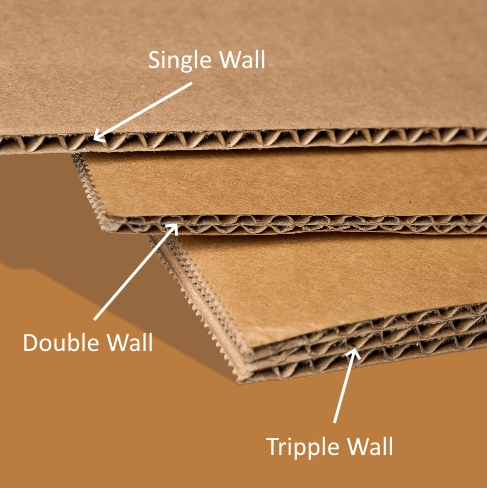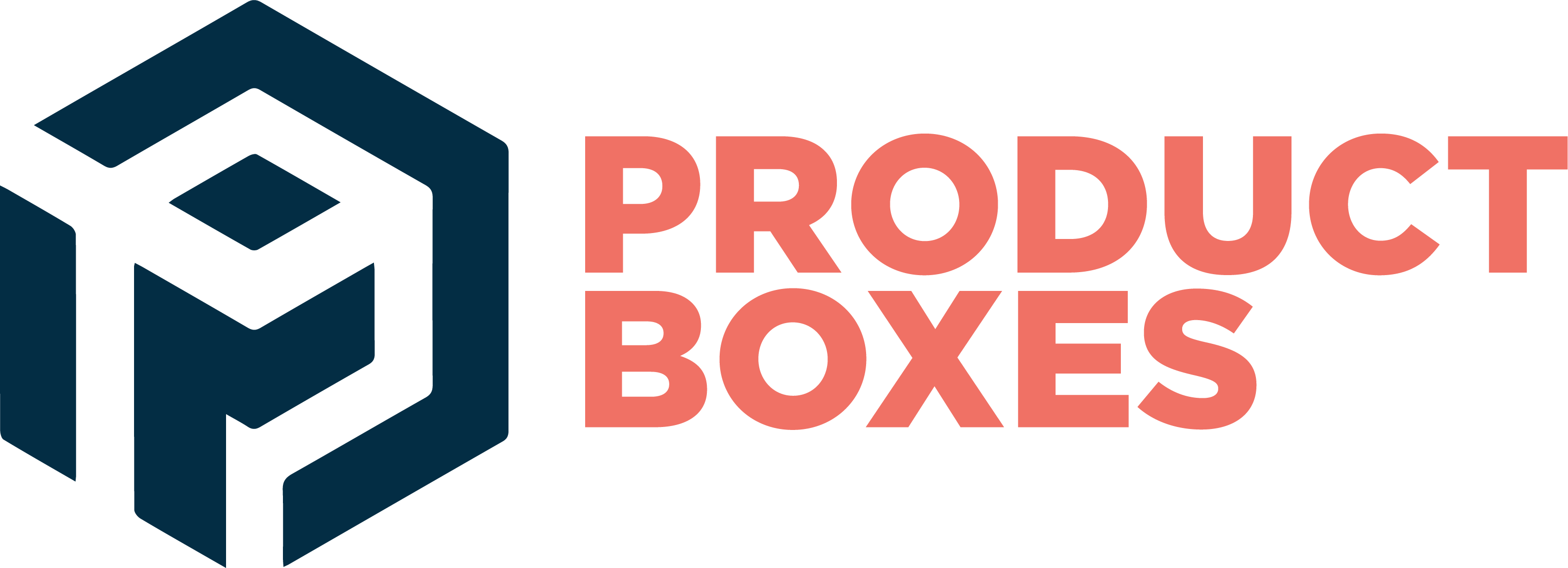Cardboard is a robust paper stock, commonly known as paperboard. It is rarely used for heavy-duty packing. Cereal boxes and other small everyday packaging are common uses. However, besides its iconic shape, it offers a slew of advantages that have led to it a favorite option for the packaging sector. Let’s take an in-depth look at what cardboard is and how its distinctive characteristics help to make packaging simpler.
The Anatomy of Cardboard
On the one hand, cardboard is truly a material of simple nature. The real secret of its success, however, are the multiple layers it features, a unique way of its origination. Standardly used for packaging cardboard is constituted of three main items:
- Inner and outer liners: It is a flat sheet of paperboard that makes up the upper and lower sides of the cardboard. This is their exterior which provides stiffness and the ability to print text and put the images of logos, a company’s brand, and the most needed product details.
- The fluted center: This is the most effective material to which we pay less attention. The fluted center is a wavy layer of paperboard that is stuck between two layers of paperboard. This almost simple design obtains air pockets inside the cardboard and increases the strength and cushioning ability a lot. The “flutes” may differ in their thickness and pattern, so manufacturers have an opportunity to adjust the cardboard’s strength to the definite needs of the product being packaged.

This innovative combination of layers is what makes single wall cardboard boxes, double wall cardboard boxes and tripple wall cardboard boxes super strong but very light. It can resist heavy weights and hits; thus is the best option to put on things for their preservation until they reach their destinations or be kept in a warehouse.
The Benefits of Cardboard Material In Packaging Sector
The reason for the dominance of cardboard in the packaging sector is that it is a wise material and its unique features are the ones that guide businesses to win over the competition.
- Cost Effective Solution: Cardboard is a low-cost material compared to other packaging options. The main advantage of Cardboard, is the great result in the minimum transportation costs on shipping goods due to the large volume of their sales.
- The Light weight Material: The feature of cardboard, which is lightweight, is significant regarding saved costs. The use of lighter packages also has environmental benefits because it results in less fuel being consumed in transportation.
- Sustainable Solution: Amid all the worries about the environment, cardboard comes up as a solution. This is a material that is made from renewable resources l that is a way better sustainable choice than, for example, plastic or foam packaging. On top of that, cardboard is very easy to recycle and after being discarded, it gets decomposed and comes back into circulation without waste, contributing to a circular economy.
- Robust Option: The slender or pneumatic profile of the cardboard does not mean it does not work. The layers of cardboard actually enable it to absorb energy from an impact and thus to protect an extremely wide range of products. Cardboards can be designed custom-made to protect fragile items safely for you. Even if the material is vulnerable, the airborne goods will be held by safe boxes.
Summary
To summarize, as we all know cardboard’s efficiency, long-term viability and low cost make it an important player in the packaging sector. That’s why we at the Product Boxes Australia uses cardboard for our packaging as we care about all.


